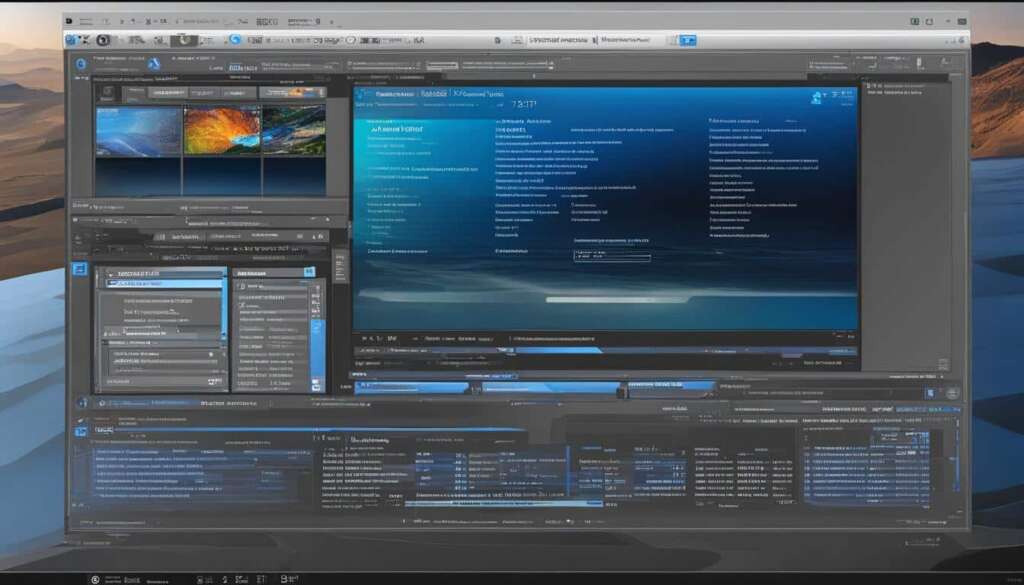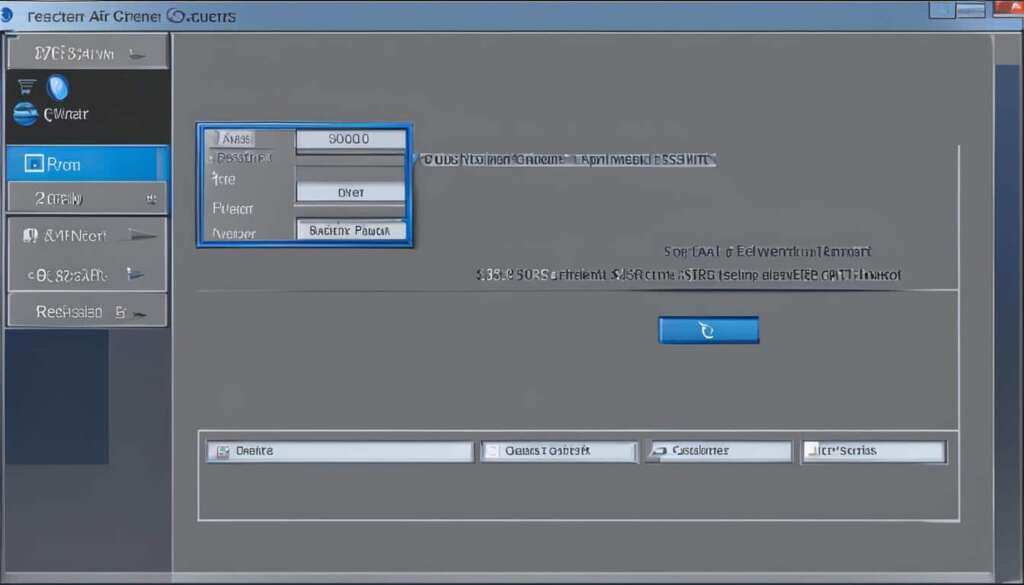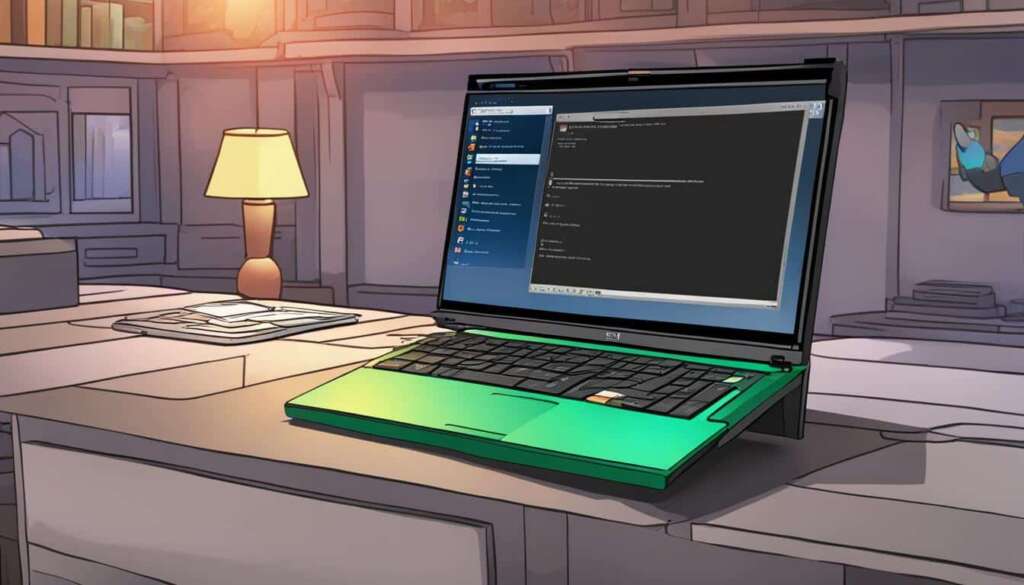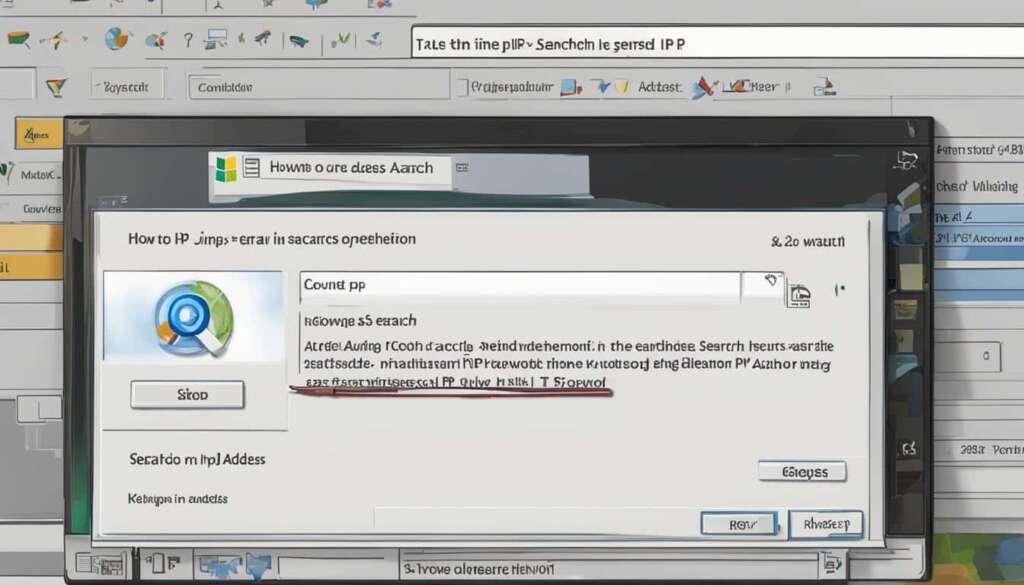Table of Contents
NAT, or Network Address Translation, is a procedure that translates private IP addresses to a public IP address. To ensure a smooth online gaming experience or improve network connectivity, you may need to change the NAT type on your PC. In this step-by-step guide, we will walk you through the process and provide you with various methods to accomplish the task.
To begin, let’s first understand how to check your NAT type on a PC:
- Press the Windows key and R simultaneously to open the Run dialog box.
- Type
cmdand press Enter to open the Command Prompt. - In the Command Prompt window, type
ipconfigand press Enter. - Look for the address next to the
Default Gatewayline and write it down. - Open your preferred web browser and enter the gateway address you wrote down.
- Access the settings of your modem or router.
- Find the NAT type under the internet settings.
Now that you are familiar with how to check your NAT type, let’s explore five different methods to change NAT type on a PC:
Method 1: Turn on UPnP on the Router
UPnP, or Universal Plug and Play, is a protocol set that allows devices to connect and automatically forward ports. To change your NAT type using UPnP, follow these steps:
- Find your router’s IP address by referencing its documentation or checking the manufacturer’s website.
- Enter the IP address into your preferred web browser.
- Access your router’s advanced settings.
- Find the option to enable UPnP and turn it on.
It is important to note that enabling UPnP may pose a security risk. Proceed with caution and consider the potential implications.
Method 2: Port Forwarding
Port forwarding allows you to manually control which ports are opened. To change your NAT type using port forwarding, follow these steps:
- Determine the specific ports you need to open for your desired application or game.
- Access your router’s configuration page, typically available via the gateway address.
- Find the advanced settings section and locate the option to enable port forwarding.
- Input the necessary port number details to open the required ports.
Method 3: Turn on Network Discovery on Windows 10
Windows 10 offers a feature called Network Discovery, which enhances local network connectivity. To change your NAT type using network discovery, follow these steps:
- Open the Windows Control Panel.
- Click on “Network and Internet” and navigate to the “Network and Sharing Center”.
- Click on “Change Advanced Sharing Settings”.
- Locate the Network Discovery option and enable it.
Enabling network discovery allows devices on your local network to find each other easily. Remember to only enable network discovery within your local area network for security reasons.
Method 1: Turn on UPnP on the router
UPnP, or Universal Plug and Play, is a protocol set that allows devices to connect and automatically forward ports. It simplifies the process of configuring network devices by enabling them to discover and communicate with each other seamlessly. By enabling UPnP on your router, you can change your NAT type and improve your network connectivity.
To enable UPnP on your router, follow these steps:
- Find your router’s IP address. You can usually find this information on the underside of your router or by referring to the manufacturer’s documentation.
- Open a web browser on your computer and enter your router’s IP address in the URL bar. Press Enter to access the router’s settings.
- Navigate to the advanced network settings section of your router’s configuration page.
- Locate the option to enable UPnP and turn it on.
Enabling UPnP on your router allows devices on your network to automatically establish connections and configure port forwarding without manual intervention. It simplifies the process of changing your NAT type and improves your overall network performance.
However, it’s important to note that enabling UPnP can pose a security risk. By automatically forwarding ports, UPnP may expose your network to potential vulnerabilities. It’s recommended to regularly update your router’s firmware and implement additional security measures to protect your network.
Method 2: Port Forwarding
In addition to UPnP, port forwarding offers a more controlled approach to changing your NAT type. With port forwarding, you can manually select which ports to open, providing greater flexibility and security. To change your NAT type using port forwarding on your PC, follow these steps:
- Identify the specific ports that need to be opened. This information is typically provided by the game or application you are using.
- Access your router’s configuration page by entering its IP address into your web browser. The router’s configuration IP address can usually be found in the router’s manual or by doing a quick online search for your specific router model.
- Navigate to the advanced settings section of your router’s configuration page. The location of this option may vary depending on your router’s brand and model.
- Locate the enable port forwarding option and enable it.
- Input the details of the ports you want to open, including the port number and whether it is TCP or UDP.
- Save the changes and exit the router’s configuration page.
It is essential to exercise caution when configuring port forwarding. Only open the necessary ports required by the game or application to minimize any potential security risks.
Example: Port Forwarding Configuration
| Port Number | Type |
|---|---|
| 80 | TCP |
| 443 | TCP |
| 3478-3480 | UDP |
Method 3: Turn on Network Discovery on Windows 10
To change your NAT type using network discovery on Windows 10, you can take advantage of the built-in Network Discovery feature. This feature enhances local network connectivity, allowing devices to easily find and connect with each other.
To enable network discovery, follow these simple steps:
- Open the Windows Control Panel. You can do this by clicking the Windows Start button and searching for “Control Panel”.
- In the Control Panel, click on “Network and Internet”.
- Within the “Network and Internet” section, locate and click on “Network and Sharing Center”.
- Next, click on “Change Advanced Sharing Settings”. This will open the Advanced Sharing Settings window.
- In the Advanced Sharing Settings window, scroll down and find the “Network Discovery” option.
- Select the option to “Turn on Network Discovery” and click “Save Changes”.
By turning on network discovery, you’ll enable your Windows 10 PC to detect and connect with other devices on your local network. However, for security reasons, it’s important to only enable network discovery within your local area network.
FAQ
What is NAT type and how can I change it on my PC?
NAT, or Network Address Translation, is a procedure that translates private IP addresses to a public IP address. To change NAT type on a PC, you can follow several methods, including turning on UPnP, setting up port forwarding, activating network discovery, editing your router’s configuration file, or enabling DMZ mode.
How do I turn on UPnP on my router?
To activate UPnP, find your router’s IP address, enter it into your browser, go to your router’s advanced settings, and find the Enable UPnP option. However, it’s important to note that enabling UPnP can pose a security risk, so be cautious.
How does port forwarding help in changing NAT type?
Port forwarding is a more controlled version of UPnP where you manually control which ports to open. To use port forwarding, find out which specific ports you need to open, access your router’s configuration page, navigate to the advanced settings, find the enable port forwarding option, and input the port number details. Remember to only open the necessary ports for security purposes.
How do I activate network discovery on Windows 10?
Network Discovery is a Windows feature that enhances local network connectivity. To enable network discovery, open the Windows control panel, click on Network and Internet, go to the Network and Sharing Center, click on Change Advanced Sharing Settings, and find the Network Discovery option. By turning on network discovery, you allow devices to easily find each other on Windows. Remember to only enable network discovery within your local area network for security reasons.












